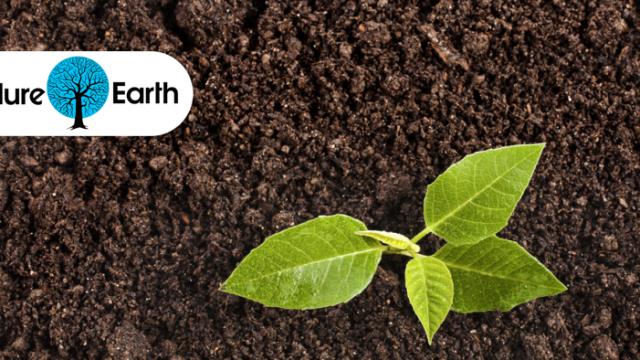As the Paris climate summit draws to a close and world leaders scramble to find more ways to make a dent in humanity’s carbon problem, a commonsense but oft-ignored strategy has made its way onto the table: sticking carbon back in the soil.
Worldwide, soils contain more carbon than live vegetation and the atmosphere combined. But some of the richest soils on Earth — those we’ve cultivated — aren’t looking so hot these days. Thanks to excessive tilling, strong fertilisers and other industrial practices, a huge fraction of the carbon once stored in soils has been been sent skyward over the past century. We need to fix this.
Officially launched last week at COP21, the 4/1000 initiative, which includes hundreds of stakeholders ranging from nation states to NGOs to farmers’ organisations, is a formal acknowledgement that farmers have to get carbon back in the ground — both to strengthen global food security and to combat climate change. Among other things, the initiative seeks to implement training programs for farmers to enhance the organic matter content of their soils, and to raise funds for large-scale carbon sequestration projects.
“A 4/1000 annual growth rate of the soil carbon stock intends to show that even a small increase…is crucial to improve soil fertility and agricultural production and to contribute to achieving the long-term objective of limiting the temperature increase to +1,5/2°C,” according to the initiative’s website.
It’s one of several agricultural initiatives that’s received a spotlight in Paris, including an effort to reduce the greenhouse gas emissions associated with beef production, and a west African program focused on training farmers in agro-ecology practices. All of these efforts and more underscore the fact that food production, which accounts for 24 per cent of global greenhouse gas emissions, stands to become a major part of the climate solution.
On its surface, getting carbon back in the soil seems like a no-brainer. Plants do most of the work for us, using photosynthesis to draw CO2 out of the air and convert it to biomass. When they die, that biomass gets broken down and incorporated into organic matter by soil microorganisms. Some fraction of plant carbon is re-released as CO2 along the way, but the bulk of it stays in the soil, slowly accumulating over the decades. In addition to countering climate change, organic matter can improve the texture, water holding capacity, and oxygen content of soil, while sustaining populations of microorganisms that help plants acquire nutrients. Simply put, carbon makes soils more fertile.
But in practice, restoring soil carbon stocks won’t be easy. The key to keeping carbon in the ground is disturbing the ground as little as possible. That means little or no tilling or ploughing — and these are common practices in conventional agriculture. As Connor Stedman, an agricultural consultant with AppleSeed Permaculture told NPR, farmers globally would have to deposit over 25 tonnes of atmospheric carbon on each acre of their land to produce a noticeable carbon emissions offset. This could take decades, and it would require a degree of global cooperation unprecedented in the history of agriculture.
Then again, over 50 per cent of the soil carbon in some of the world’s breadbaskets has been lost due to mismanagement. Now climate change is accelerating the problem: as Gizmodo’s Jaime Condliffe pointed out last week, changes in temperature and rainfall patterns are believed to have already caused a 1 to 5 per cent decline in agricultural production worldwide. Desertification of arable land is projected to increase over the century, as billions of additional humans are added to the world population.
Soil carbon sequestration won’t be easy, and it won’t solve all of our problems. But it’s clear that we’ve got to try.
[NPR]
